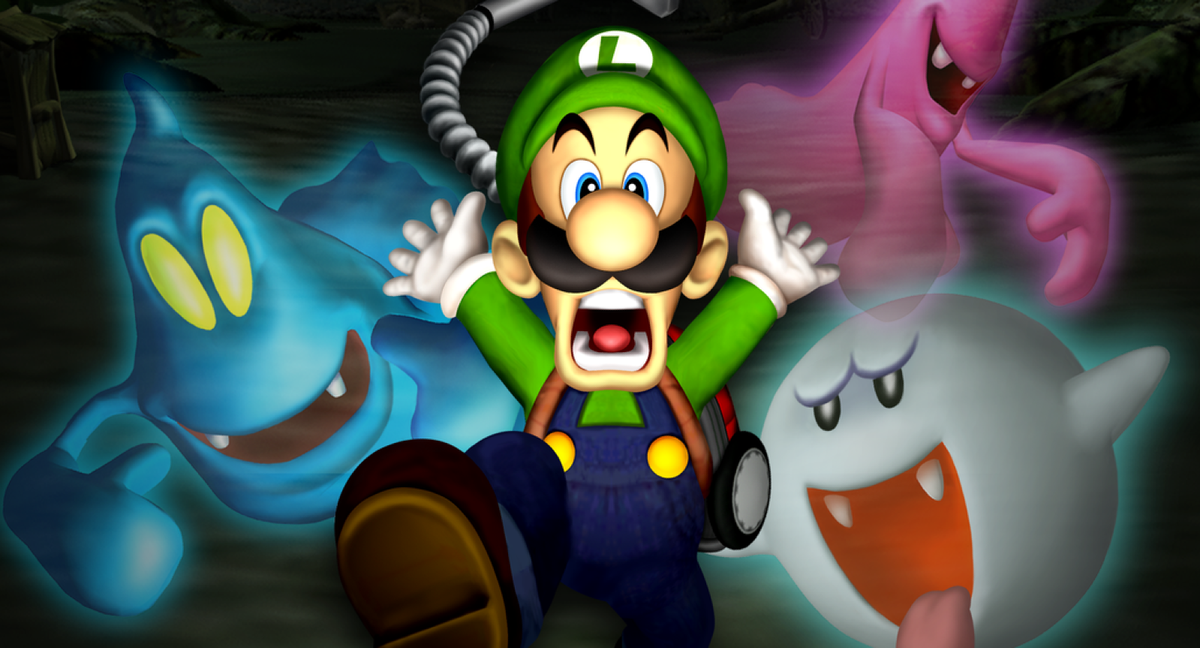
The Nintendo Gamecube – the little purple prism that could...or couldn't. While the system's middling performance was a rough patch for The Big N, many young gamers grew up cherishing its library of games. But do they hold up today? Join Anthony on his quest to find out as he reviews every classic title offered on Switch 2's Nintendo Classics service.
November 18th, 2001. The day had finally arrived. Six months of poring over game magazine screenshots, fantasizing over the potential Super Smash Bros. Melee roster, scavenging all over the internet for the latest news, and counting down the days all led to the thing of the future sitting on my bureau: the Nintendo GameCube.
Waking up to find no one home. Pacing back and forth for my new Holy Grail to arrive. The cheers to my mother coming home. Being told we were Wal-Mart’s eighteenth customer to check out their pre-ordered system. The back of the box adorned with Shigeru Miyamoto’s sagely text, transcribed as follows:
“What if everything that you see, is more than what you see? The person next to you is a warrior and the space that appears empty is a door to another world? What if something appears that shouldn't? You either dismiss it or accept that there is more to the world than you think. Perhaps it is really a doorway, and if you choose to go inside, you'll find many unexpected things.”
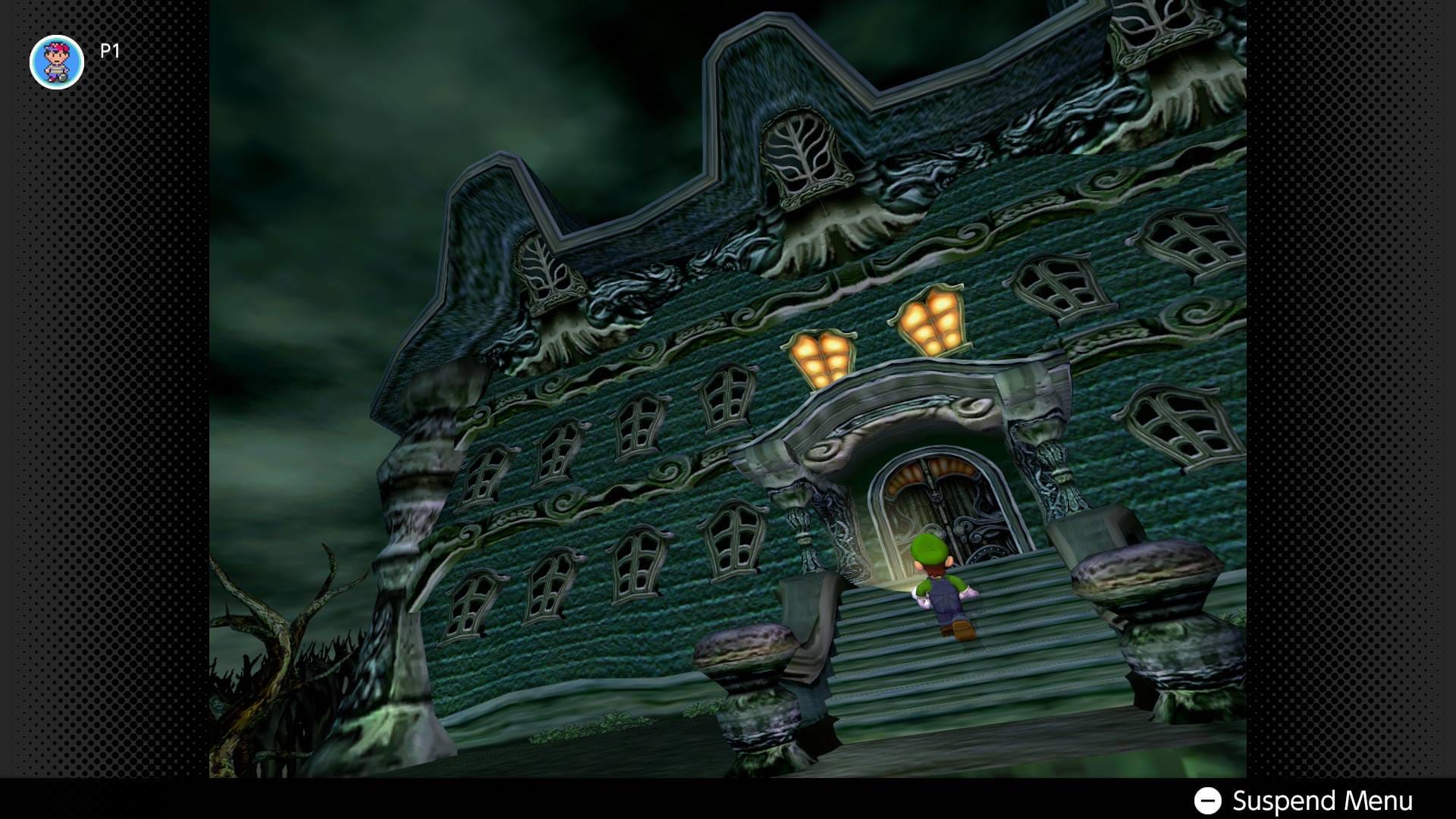
His waxing poetics over the GameCube’s metaphoric doorways may’ve flown well over my ten-year-old brain, yet the reverence to Nintendo’s boundless creativity was duly noted. Truly, the new age of gaming had arrived!
“Is it better than GoldenEye?” my brother asked, convinced his favorite video game would never be topped.
“It’s pretty cool,” I say, too busy sucking up ghosts in Luigi’s Mansion to elaborate.
True to Miyamoto’s vision, Luigi's Mansion presents itself as ambassador to GameCube’s strange new frontiers. The game employs both control sticks for the door funky Playskool-esque controller: the main stick for Luigi, and the yellow C-stick for his Poltergust 3000 vacuum. The GameCube’s affinity for particle effects birthed the elemental system, burning embers and chilly frost vital to solving the mansion’s many puzzles. Even stereoscopic 3D was planned at one point – a venture that’d finally be realized in 2018’s 3DS remake. All this in a compact six-hour package: a haunted attraction anyone could revisit again and again.
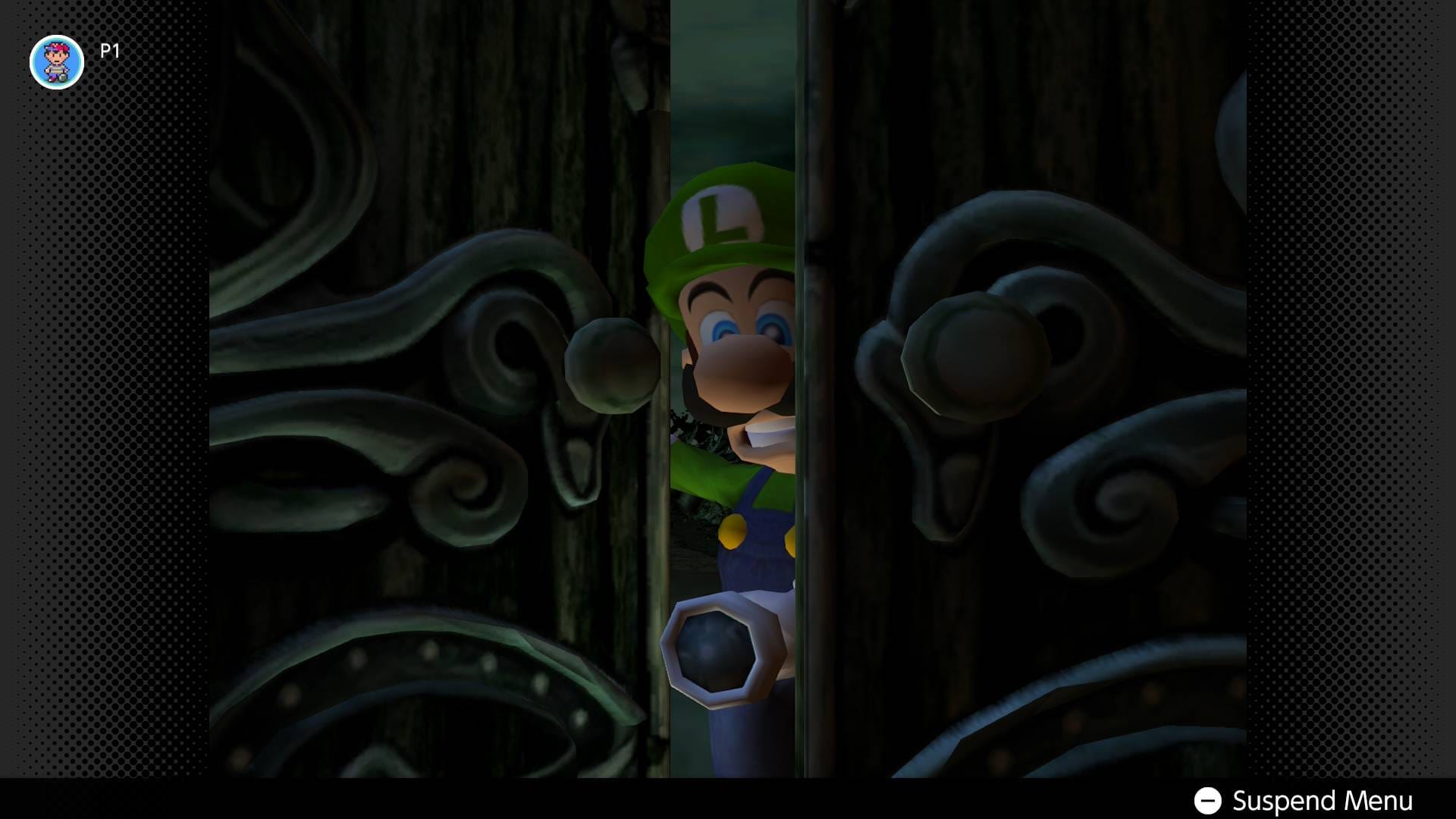
Obviously, its technological advances hardly stun today: the abrupt animation cycles and low-poly models are primitive, and the control setup isn’t always intuitive (more on that later), yet it’s that last bit I find interesting. While Luigi’s Mansion received positive reception at launch, audiences treated it as a one-and-done ride, with many players instead bemoaning its short length and simplistic gameplay. A shame, considering the hurrah celebrating the younger Mario brother’s first video game. (We don’t talk about Mario is Missing!)
It's interesting to contrast this legacy with corporate canon: even putting aside its superior sequels, Luigi’s Mansion’s storied references throughout Nintendo’s pantheon grant the illusion of an all-time classic, yet it never defined the industry the way Super Mario Bros., Tetris, and Super Mario 64 had prior. Not that I was disappointed with my fancy new toy, mind – Melee lived up to my stratospheric expectations just over two weeks later – yet even as a kid, I recognized Luigi’s Mansion was merely satisfactory; an appetizer before the main course.
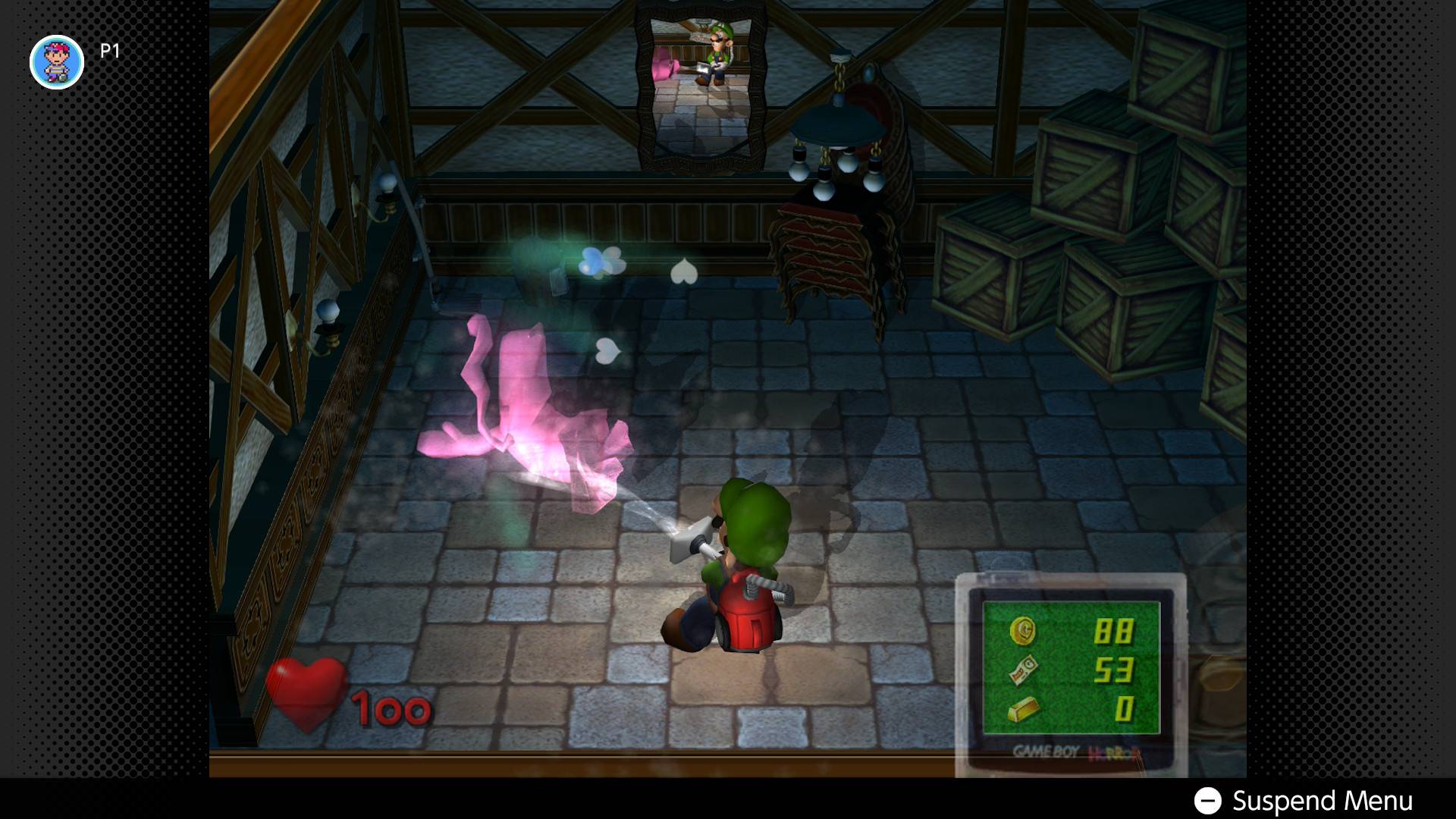
As opposed to the platforming perils of Super Mario, Luigi’s Mansion is a more family-friendly Resident Evil with an adventure-based bent. Glued to the floor and armed only with a flashlight and personalized vacuum cleaner, Luigi takes a page from Ghostbusters as he sucks up whatever spectral entity crosses his path. Be it the “portrait ghosts” who’d escaped from Professor E. Gadd’s paintings or the familiar Boos skulking about, Luigi relies on his wits rather than his jumping prowess.
Hence, the relevant density to its gameplay. The capture of said portrait ghosts is graded via their picture frames: gold, silver, and bronze, which drop in value depending on any collisions or loose grips. Meanwhile, Mario’s affinity for coin-collecting is translated via vacuum sucking, with coins, cash, and gems stashed away in every nook and cranny. Accumulated into another grade system (this time for the ending), Luigi’s Mansion encourages you to knock on every dresser and apply suction on every vase, the ensuing rain of coins and bills easy pickings for your Poltergust.
Luigi’s Mansion prides itself on its character. Luigi humming the main theme as he explores the mansion is as endearing as it is infectious, and rare is the Nintendo fan that hasn’t caught themselves following his example. Internal monologues courtesy of the Game Boy Horror device offer rare peeks into the younger Mario brother’s psyche. Most notably, the controller’s big green button serves no other purpose than Luigi calling for his lost sibling – note the level of detail involved with low health, with his cries growing more frantic and desperate. (Incidentally, while there’d long been implications Luigi was the more timid Mario brother, Luigi’s Mansion is where Luigi’s signature nasality makes its debut. Prime for comedy, this may’ve proven his first true step outside of Mario’s palette-swapped shadow.)
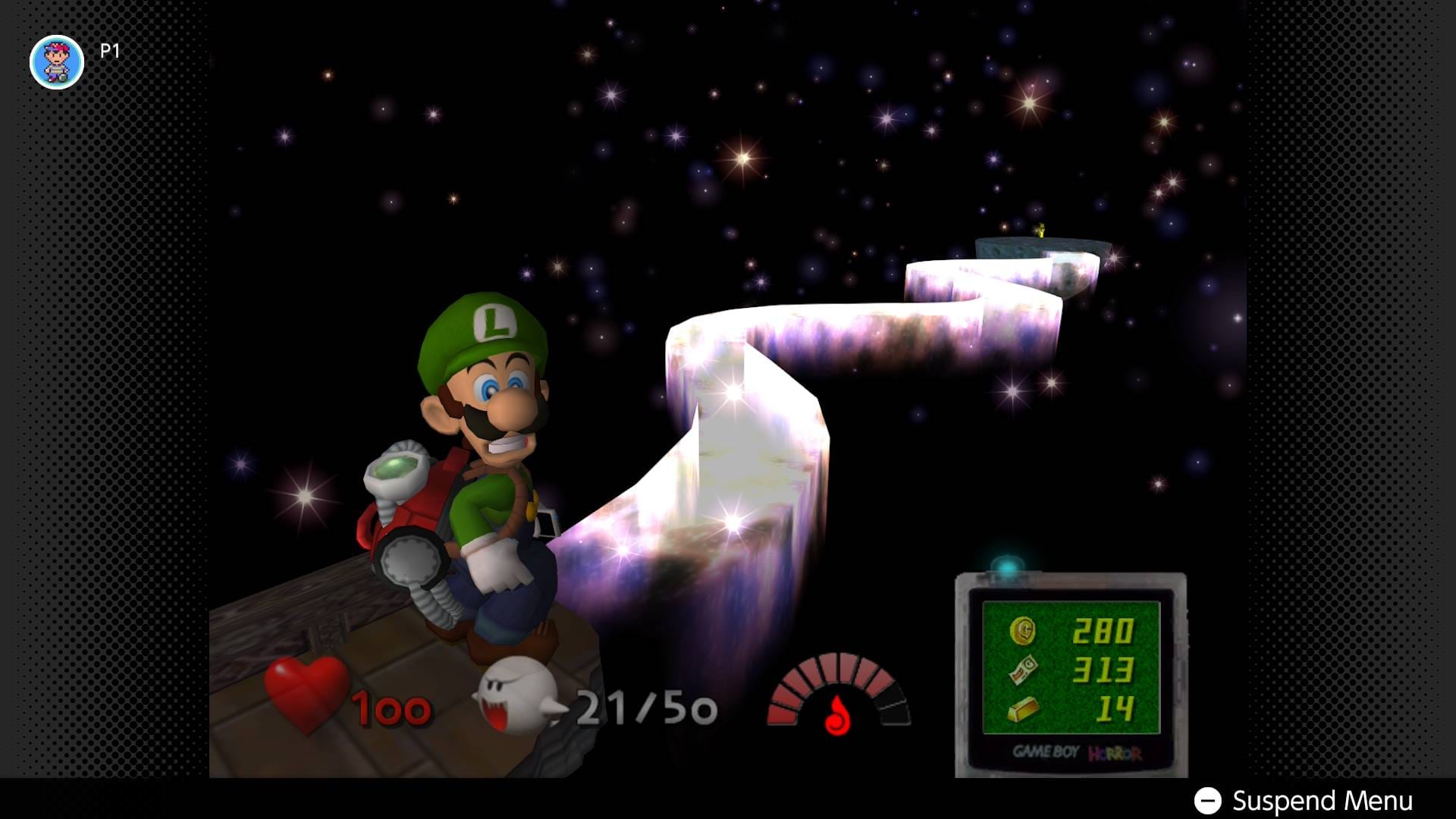
Such is Luigi’s Mansion’s beating heart. There’s a moodiness present that’s absent from its comedy-first sequels, from the unnerving ambience of the ghost-ridden dark to the harp plucks accompanying the rainy outdoors. Not that the original here doesn’t often apply comedy itself, yet I refer to its running the storytelling gamut from symbolism (each cleared room lighting up, representing Luigi facing his fears), unsettling horror (a certain mortal nemesis can adjust his head like THAT?), and catharsis. (The ending’s reunion presents Mario’s rare touch of sentiment) And while not overtly scary, I confess to only being spooked once: the encounter with Sue Pea, the earthquake-causing lass who sleeps upside down, that made me stop playing for a couple days as a kid.
And yet, any grand statements are undermined by how it’s all just so basic and easy. Portrait ghost solutions rarely venture deeper than a puddle’s depth, too content with rudimentary solutions in “suck up projectile and shoot” or “wait for the right time to use flashlight/element”. Only the fifty Boos playing hide-and-seek present a memorable experience with their name puns and inevitable chases, yet that hunt dances a thin line with all the backtracking.

“But the real meat’s in the scoring,” you may say. And it’s true Luigi’s Mansion subscribes to the “easy to learn, hard to master” philosophy that defines Nintendo’s mainstream output. The game succeeds best here with the mansion’s populated secrets: hidden rooms are littered with gems and gold, rewarding the observant player who pokes and prods about. The time-sensitive flower-watering sequence, a side-venture that yours truly always forgets to follow through with. (Never hire me to tend your garden.)
Yet I’ve little use for the art of ghost-wrangling. The ensuing tug-of-war may entice with all the pearls each portrait ghost drops, yet the peculiarities of maintaining constant suction have always been too vague for my tastes. The presence of save states here means you won’t have to reach for the reset button anymore, thankfully, but much as Luigi’s Mansion intrigues with curiosity, it’s simply not interesting enough to master.
Thus my vast preference for its successors by Next Level Games: Luigi’s Mansion: Dark Moon (or Luigi’s Mansion 2) is designed around handheld play with its mission-based structure; a different direction from immersive exploration, yet one perfectly replayable in bite-sized sessions with its meaty variety of collectibles and objectives. Said exploration returns in a big way with Luigi’s Mansion 3, applying all the right lessons with satisfying slapstick, ingenious cause-and-effect, and riveting co-op play. Its level-based hotel theming may not be as intimate as the organic original, and the dozen-hour runtime also steps away from the original’s score attack design, but the creativity, charm, and density involved make for a far more satisfying scare.
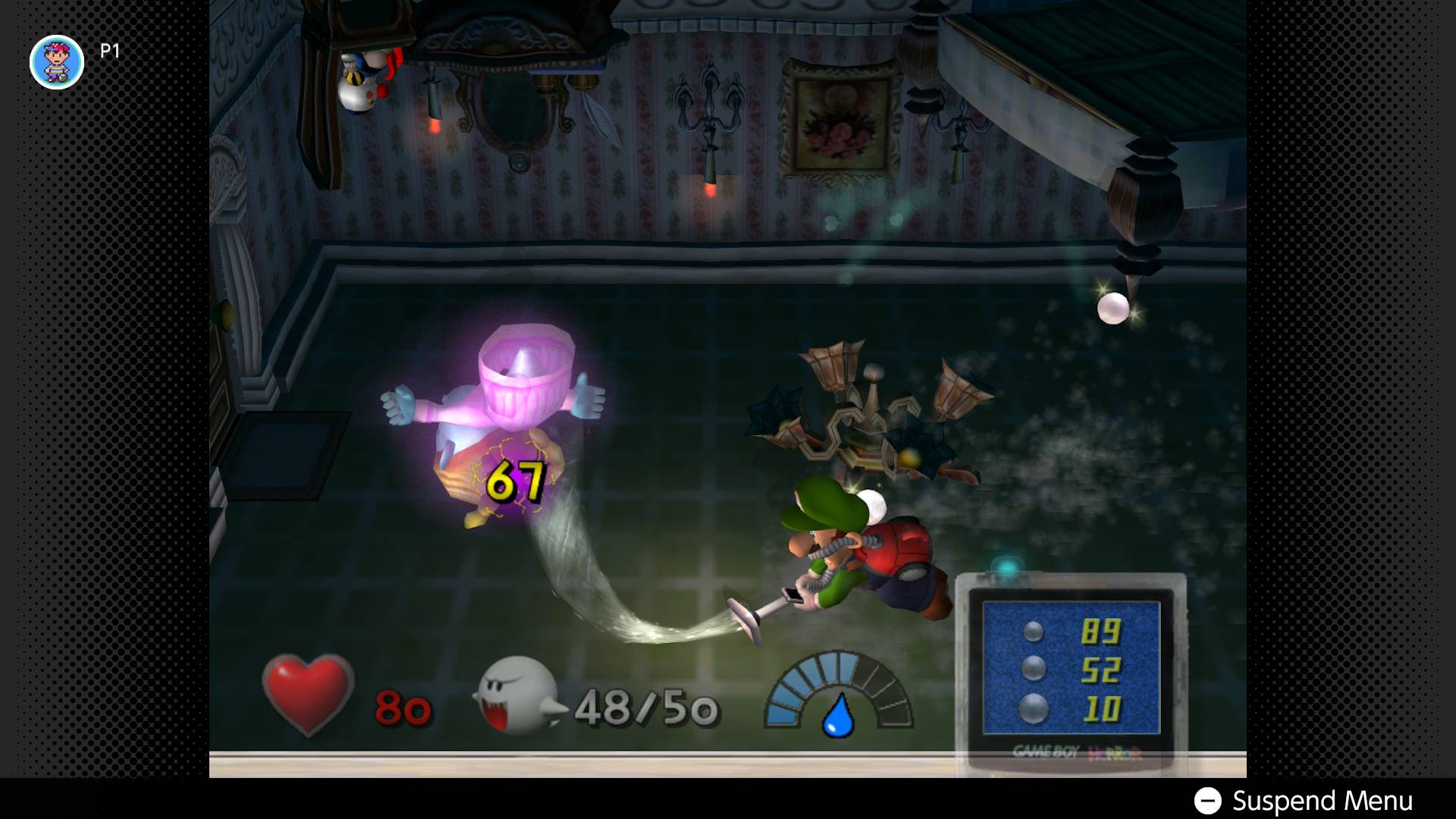
Not that veterans or the curious should dismiss this rerelease so soon, mind: as implied before, Luigi’s Mansion’s NSO debut brings with it some interesting benefits. For starters, the availability of the PAL version means American and Japanese fans can finally try the revamped Hidden Mansion. Previously content with upping damage, this post-game offering features flipped rooms, darkened lighting, more enemy ghosts, harder Boos, and more. While the 3DS remake offered much the same, some features like the flipped rooms remain exclusive here, making this re-release a prime opportunity for ghost hunters to test their skills.
Moreover, thanks to the new controller remapping options, you can change the inverted vacuum controls. Whereas Luigi’s trusty Poltergust required moving up for down and vice versa, it’s not the most intuitive setup, so now’s your chance to implement more natural directionals. At least, that’d be the idea, but muscle memory proved an obstacle anyway. D’oh! At least the input lag’s practically non-existent.
Strangely, there’s one small curio cut from this re-release: the Pikmin trailer formerly housed in the Options menu. While hardly a necessary component to the Luigi’s Mansion experience, I think back to how that very demo, with its enchanting woodwinds and eccentric premise, finally sold me on Miyamoto’s latest brainchild. A shame budding Nintendo historians will miss out on this extinct brand of gaming cross-promotion, but I suppose that’s YouTube’s job these days.

It's funny I bring this up considering both games establish immediate parallels as launch titles designed to show off the GameCube’s capabilities, yet were critiqued for their short lengths and elementary puzzle-solving. Melee may have carried the console’s birth (and ultimately the system’s legacy as its best-selling – and most enduring -- title), yet the rushed output of Nintendo’s tentpole franchises (Super Mario Sunshine, Star Fox Adventures, The Legend of Zelda: The Wind Waker) over the next year would leave a bad taste in many a gaming veteran’s mouth. Between all that, the post-launch drought, and the poisonous “too kiddy” label, it wasn’t the easiest time to be a Nintendo fan.
Was Luigi’s Mansion’s modesty the first sign of GameCube’s missteps, the first of a thousand cuts that would kneecap the console? That’s a whole essay in itself – I’d hardly be surprised if the infamous developmental issues that’d plague Nintendo’s library kneecapped its potential here -- but I’ve personally never begrudged it. Like Pikmin, the humble commitment to its tech demo origins breeds little contempt in the face of the foundation it’d build. It was, for better or worse, the first taste of GameCube’s divisive output: earning the adoration of a dedicated niche, merely satisfactory for most, and disappointing those who knew Nintendo could, and would, do better.
